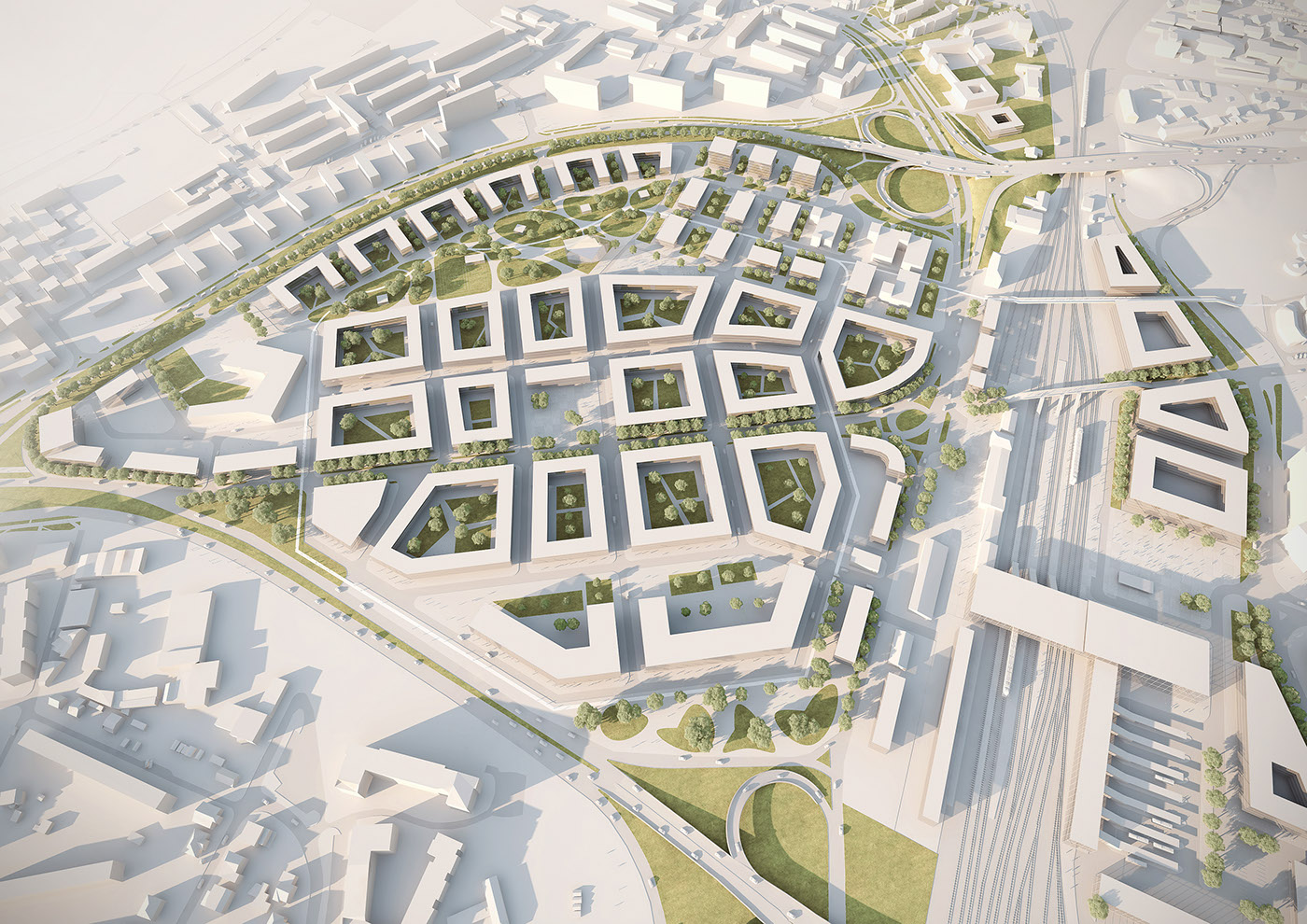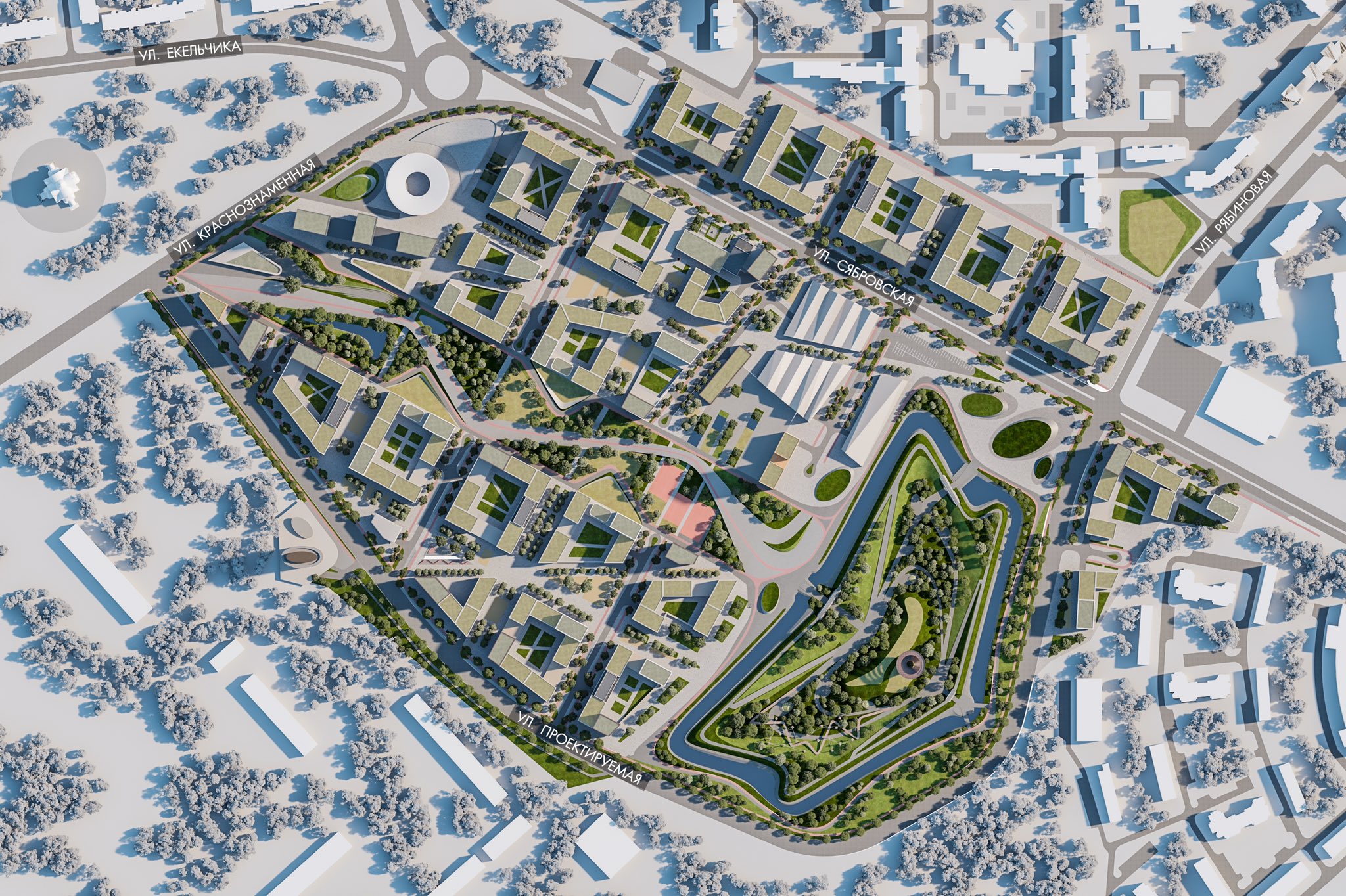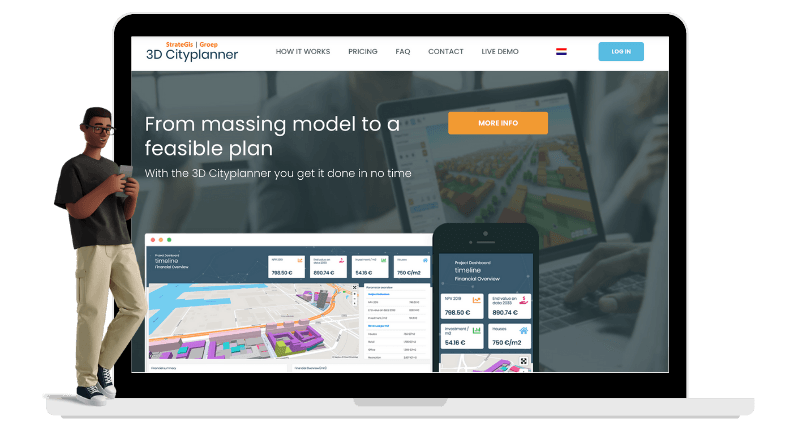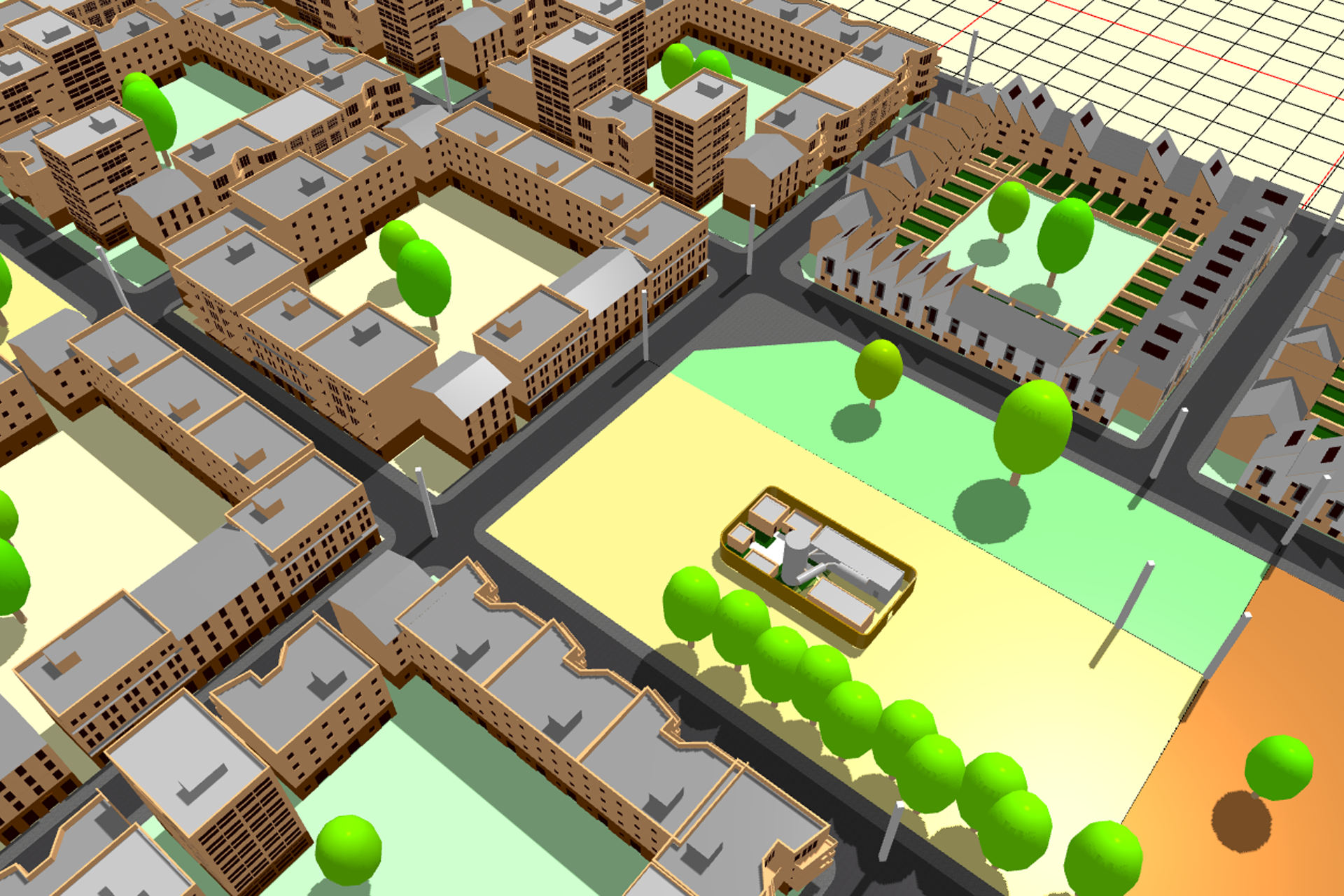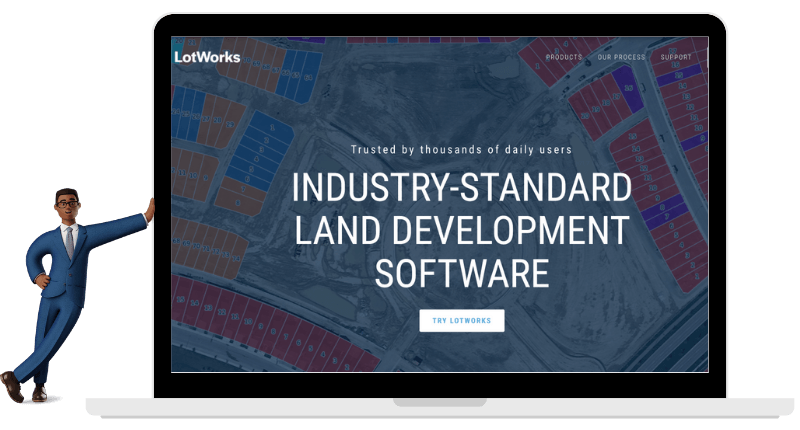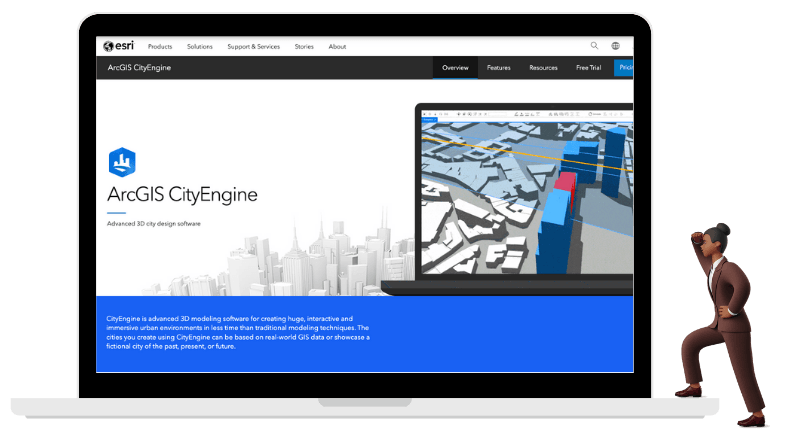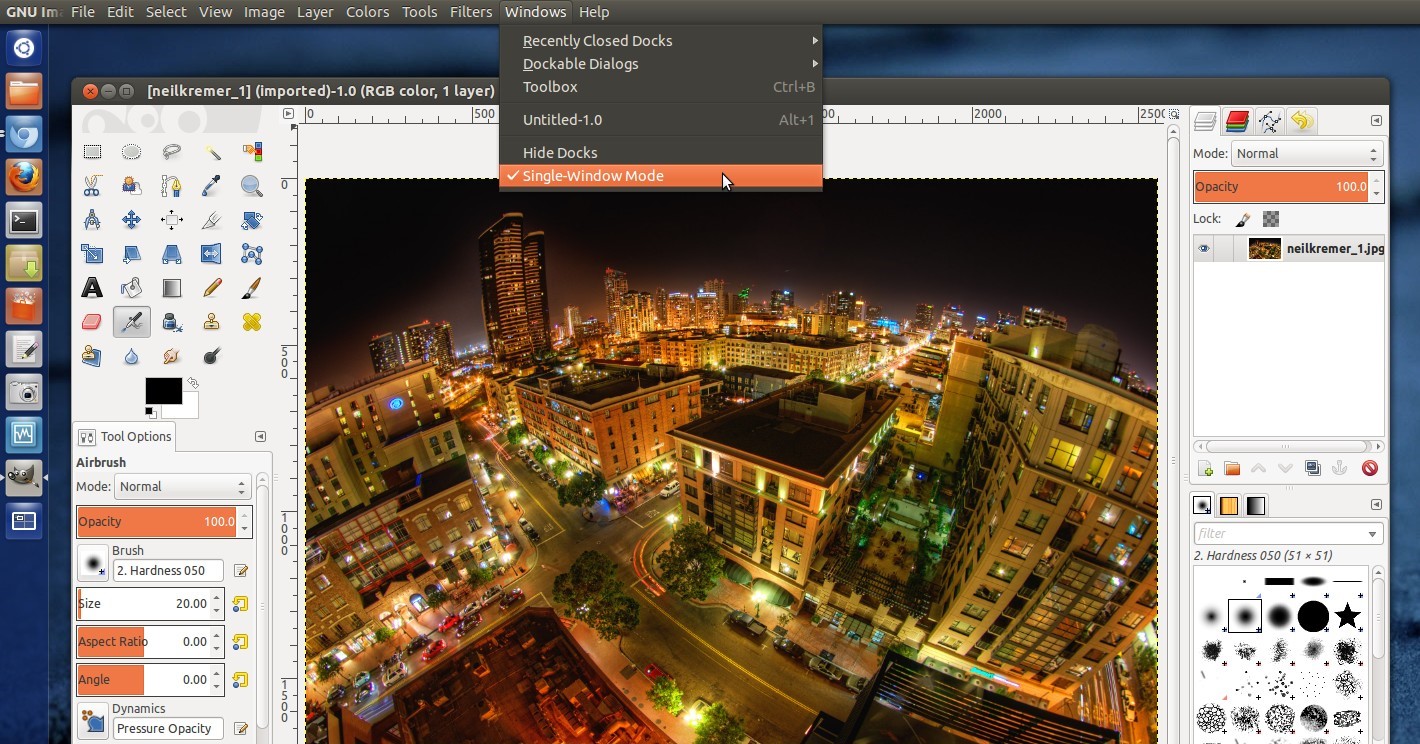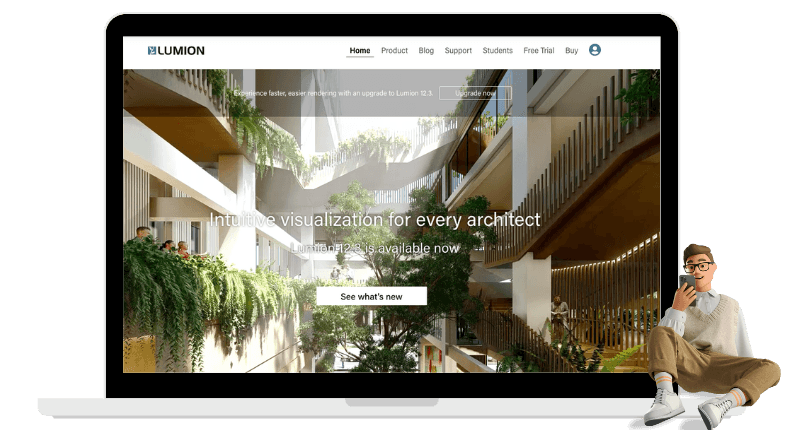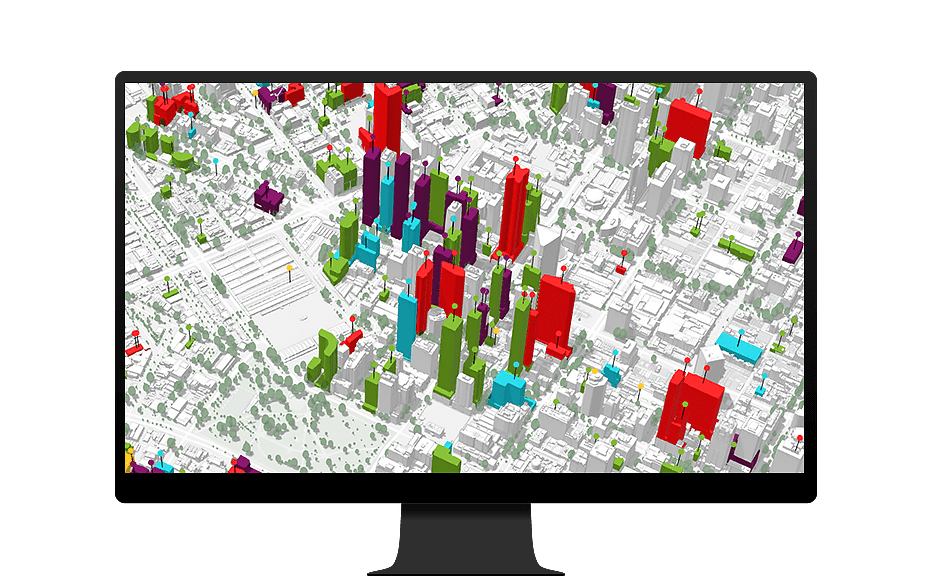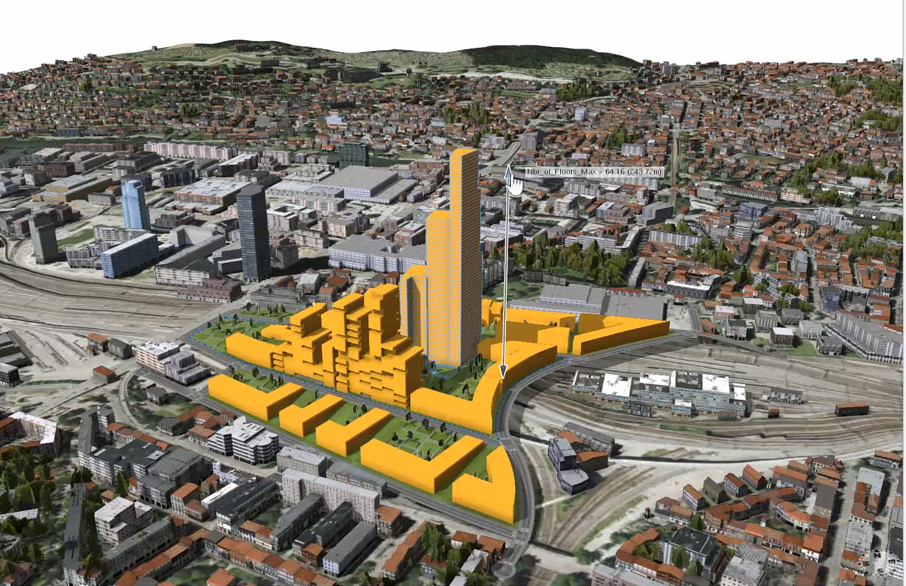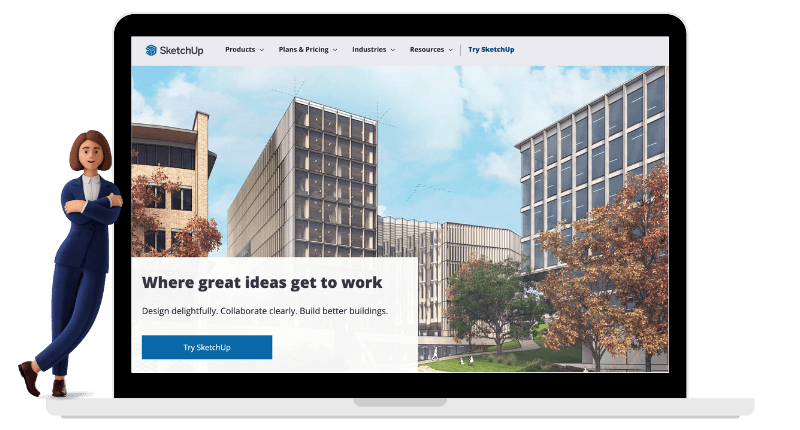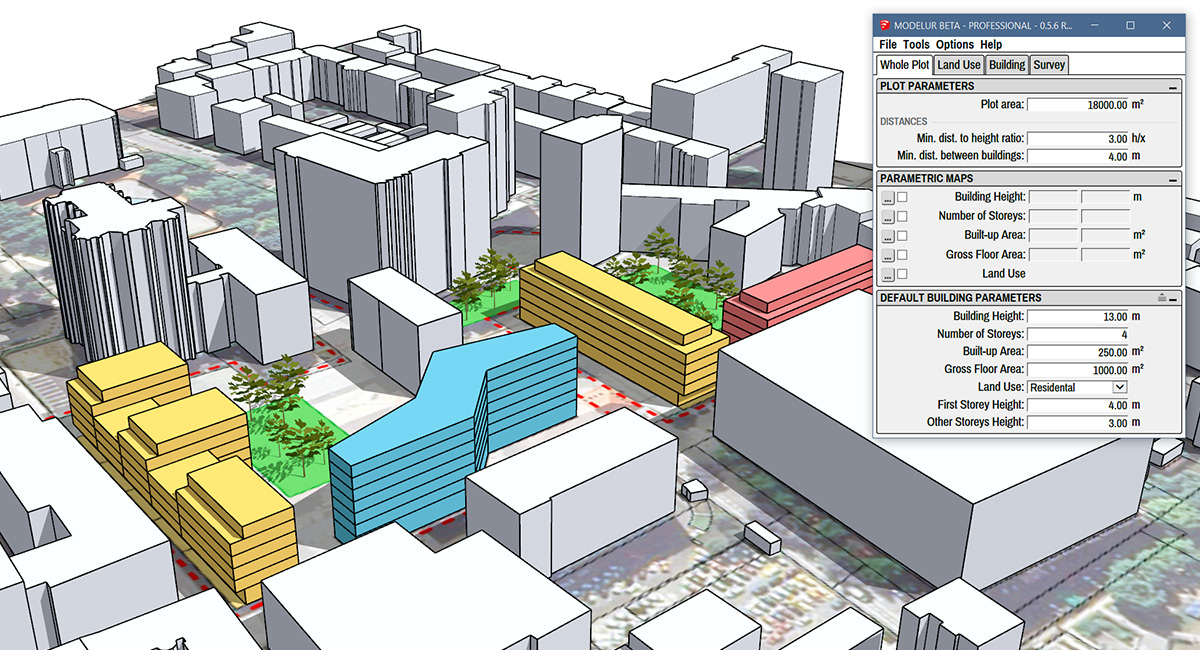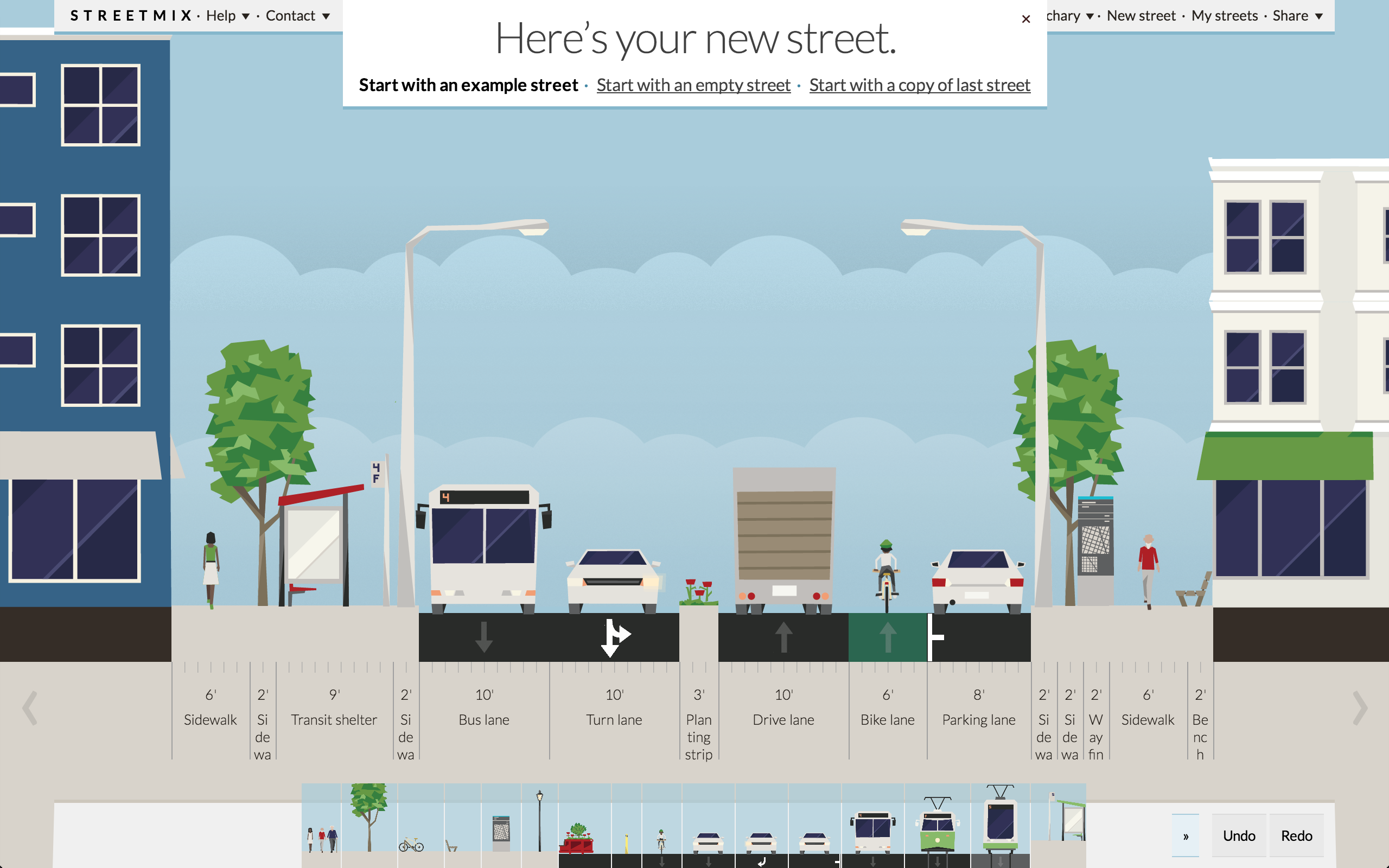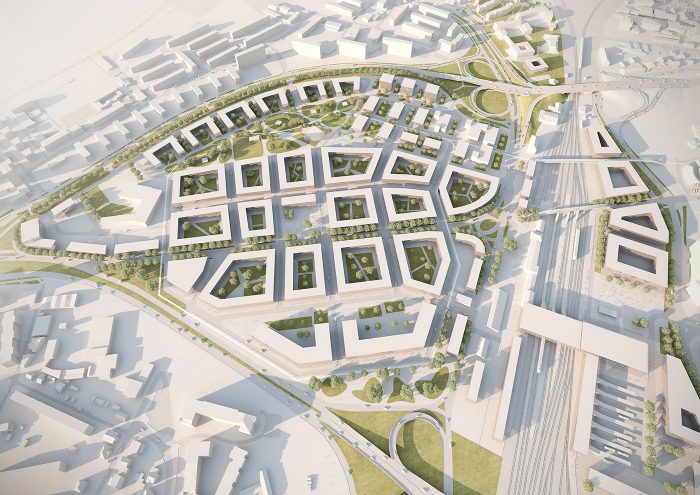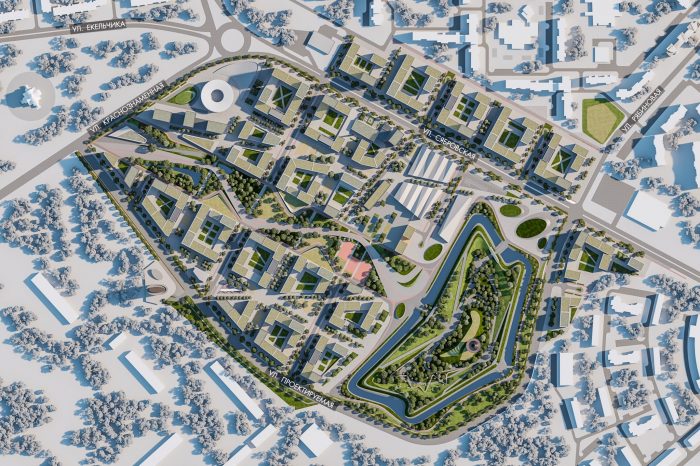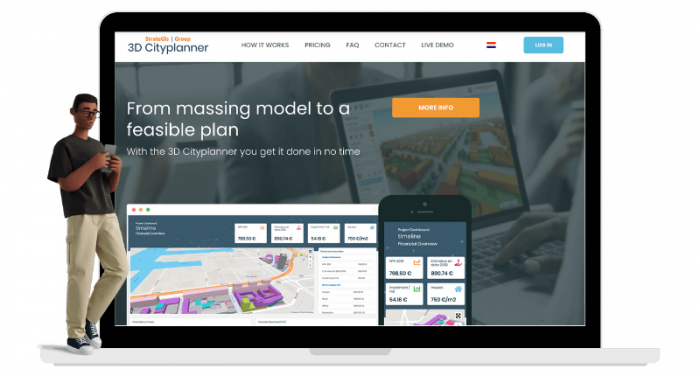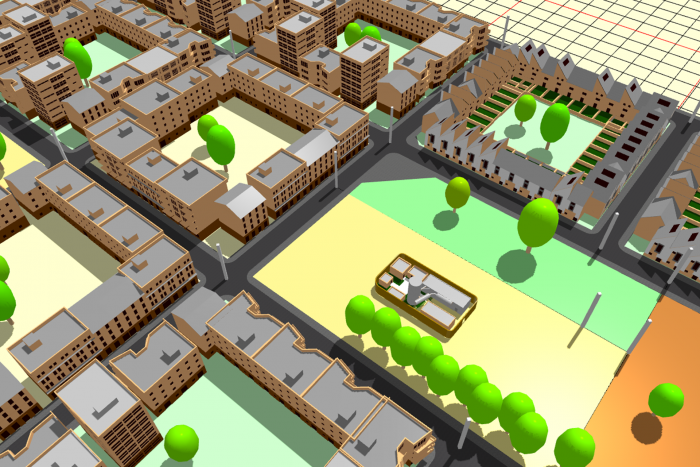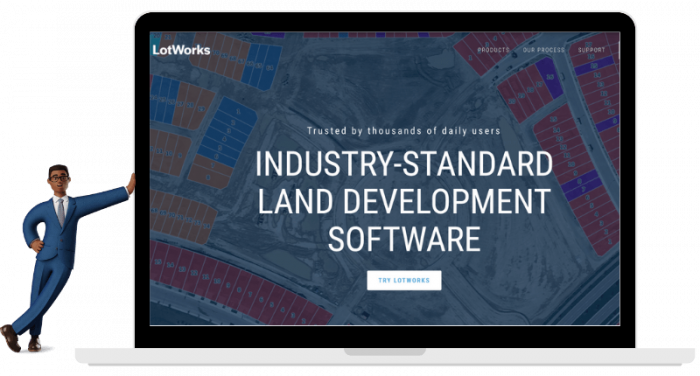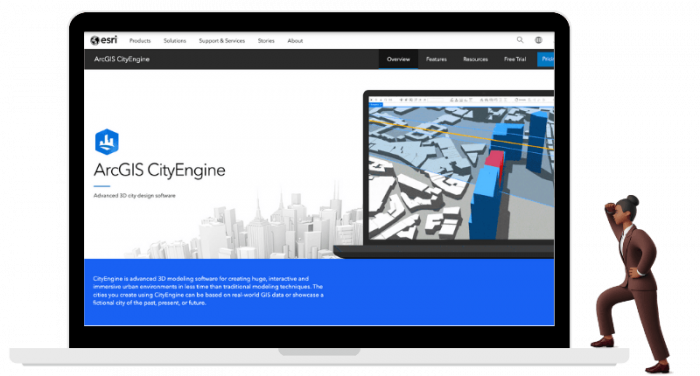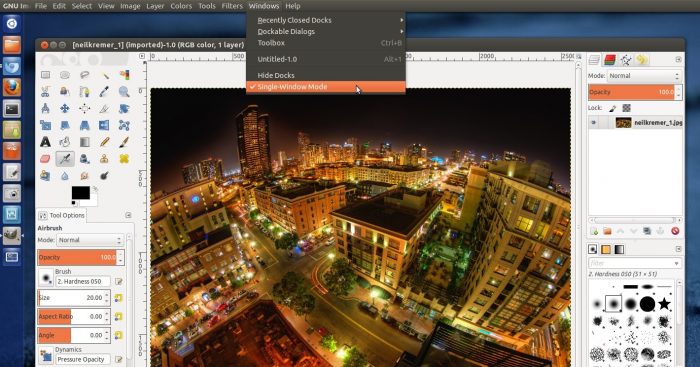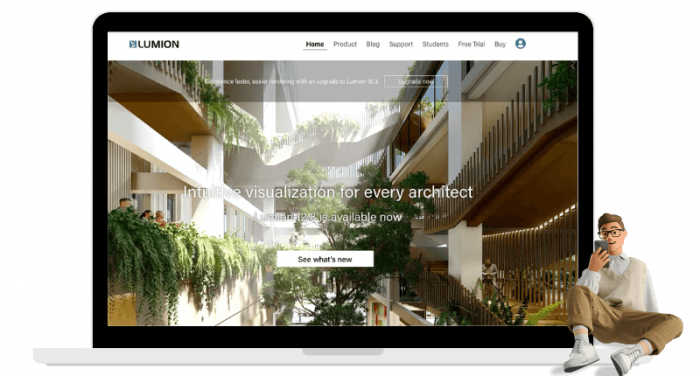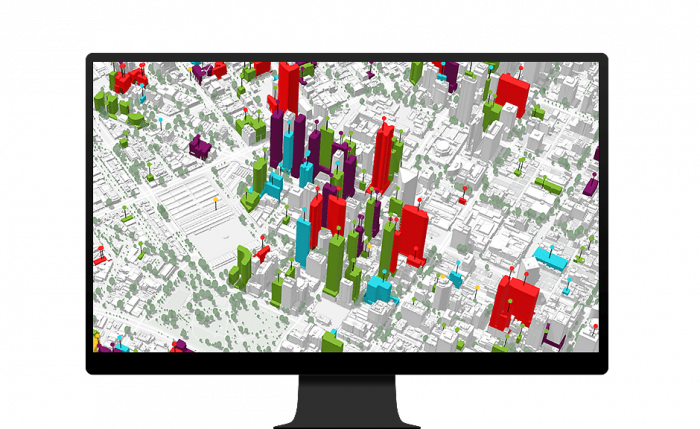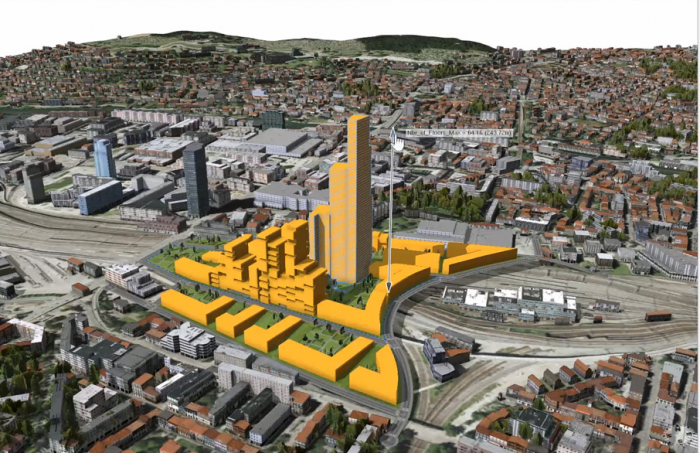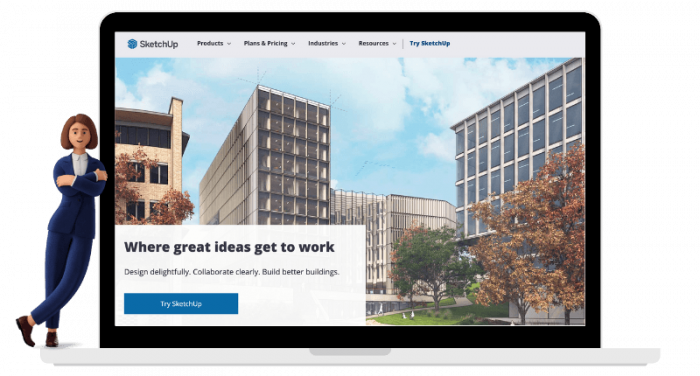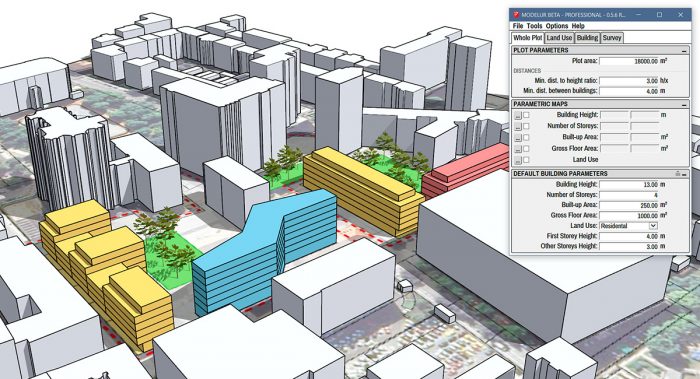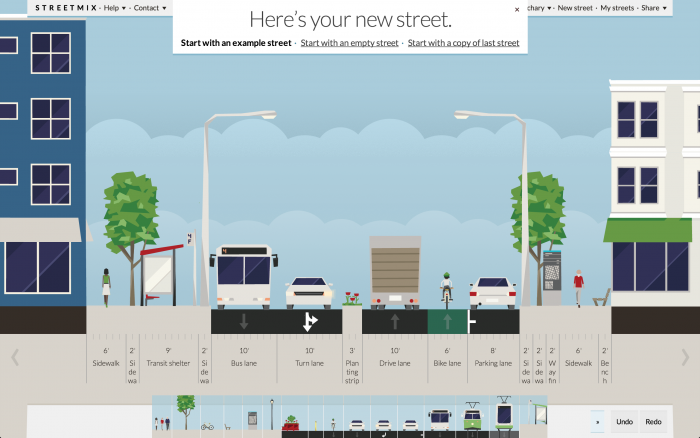Urban planning is an essential component in meeting a society’s needs. With our cities growing, buildings getting taller, and us consuming more resources, urban planning is more critical than ever. That’s why it was a must to find urban planning software programs.
These programs are software tools available to help with urban planning processes. These solutions, built with sophisticated and cutting-edge technology, make management more accessible and may allow urban planners to sketch and carry out their tasks more efficiently.
What is Urban Planning Software?
Urban planning software usually creates 3D models of urban surroundings and plans urban layouts. Urban planners and architects utilize urban design and planning software to see how their urban designs will appear in the real world.
Urban planners can further improve their urban planning proposals and develop urban layouts that adhere to city zoning restrictions by creating 3D visualizations. Architects, city planners, and other creative departments involved in developing the structure of an urban environment frequently employ urban planning software in their works.
What are the Best Urban Planning Tools?
There are an infinite number of possibilities for urban planning software. This information might easily manipulate you and leave you unsure of where to begin. Here is a list of the ten urban planning tools that are now shaping the urban mapping architecture process in the business. Let’s have a peek!
1) 3D City Planner
3D city planning is a software tool that assists urban planners and cities create a more precise and accurate representation of current cities, towns, and territories. The software seems to be more advanced than standard 2D city planning tools.
Planners can generate a realistic image of the environment around them using three-dimensional modeling, which can be especially useful for urban planners since it allows them to grasp their communities’ needs better. Such requirements include how much work new buildings require to code or repair existing structures.
2) CityCAD
CityCAD assists urban planners and designers in testing design ideas early on and provides tools for undertaking a city analysis, enabling detailed knowledge of strategic planning concepts. Although the software is not used throughout the construction process, CityCAD allows designers to draw urban plans and convert them into 3D developments quickly.
Furthermore, CityCAD aids in deriving quantitative estimations from conceptual design masterplans. As a result of its characteristics that allow assessing energy consumption, water usage, and design feasibility, this facilitates effective urban planning.
Also read:- Cad Mapper: Free CAD Files of any Area in the World
3) LotWorks
LotWorks is a cloud-based tool for organizing, managing, and sharing massive volumes of satellite imagery. The software connects with the client’s existing GIS system, enabling the urban planner to generate maps and analyze data directly in the client’s GIS environment.
After that, you can transfer the data and analysis to LotWorks’ online service, which can be shared in real-time with other users while monitored by LotWorks’ automated, unified system.
4) ArcGIS CityEngine
ArcGIS CityEngine software is an advanced modeling tool for efficient urban planning and designing. Urban planners, architects, game developers, and 3D artists utilize it to develop innovative 3D city models based on real-world GIS data. CityEngine allows you to import, prepare, and analyze many data sources in a single step and then display the final 3D city model in real-time.
5) GIMP
GIMP is a GNU Image Manipulation Program that allows you to manipulate three-dimensional computer images. GIMP is known to be a more effective and viable tool for urban mapping than Adobe Photoshop. GIMP has several tools for managing photos, adding text to images, and stacking visual material on maps.
6) Lumion
Lumion software is a platform that enables architects and urban planners to generate 3D architectural simulations that are interesting and engaging. Lumion allows you to create high-quality 3D renders in minutes rather than hours or days, whether you’re working on a massive project with a team or a small project by yourself.
The software’s simple concept is what lets it stand out. All you have to do is add stuff to your scene, change the lighting and mood, apply effects, and hit render. Lumion does all of the tedious work in the background, allowing you to concentrate on the more creative aspects of your work.
7) ArcGIS Urban
ArcGIS Urban assists urban designers and planners in creating 3D experiences that provide a more practical knowledge of possible land use and urban development. This application aids decision-making by visualizing the prospective integration of urban ideas and design with the surrounding environment.
8) SketchUp
With its capacity to draw 3-dimensional objects rapidly and correctly and provide users with a helpful tool for visualizing buildings, communities, and even cities, SketchUp is a must-have tool for both urban planners and urban designers.
The freeware version has certain limitations compared to SketchUp Pro, although there are alternatives available in the Urban Design for Planners: Software Tools course. Additionally, SketchUp connects effortlessly with Google Earth.
If you use SketchUp, make sure to read this article, which contains 20+ Essential SketchUp Plugins for Efficient Modeling for Free Download.
9) Modelur
Modelur is a SketchUp addon with features and functions that are remarkably comparable to ArcGIS CityEngine. It is a primary and low-cost tool that aids in effective 3D development. Thus, it’s very well-known among urban planners concerning conceptual urban planning.
What truly distinguishes Modelur from other urban mapping tools is its capacity to calculate design and urban planning characteristics such as Floor Area Ratio (FAR), Gross Floor Area (GFA), Built-up Area (BUA), Site Coverage, and so on, with pinpoint accuracy. It also aids in analyzing proposed parking lots and required green covers in the design, positioning them more conveniently on maps.
10) Streetmix
Streetmix is an online interactive street design tool that provides users with an innovative and qualified workforce for quickly creating cityscape designs. To make cities accessible to all people, Streetmix is being developed and intended for use by urban planners, public and private organizations, and bicycle and foot traffic users.
Streetmix is thus a communal city planning software with social participation features by building an ecosystem for individuals to design, combine, and incorporate their preferences and ideas for local streets.
